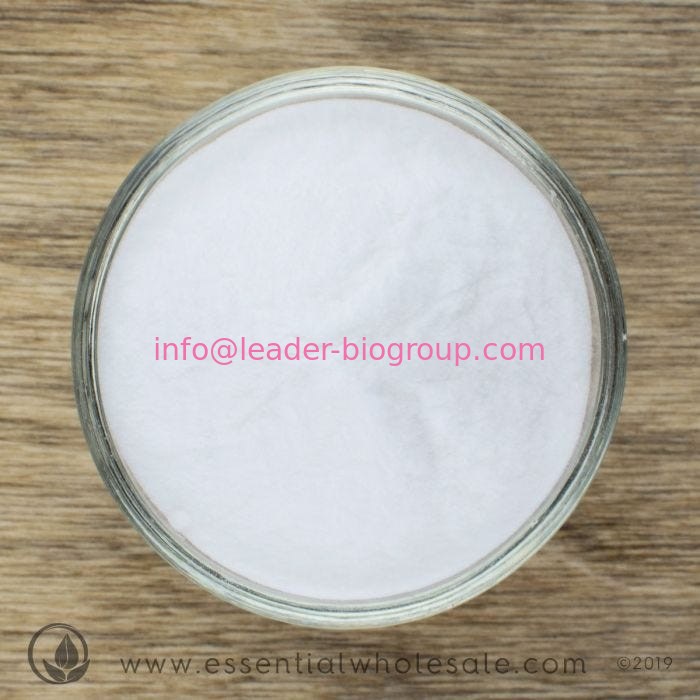| Overview |
L-glutamine (Gln) is an indispensable precursor of biosynthesis of nucleic acids, being a kind of amino acid of high abundance in the body, accounting for about 60% of whole free amino acids in the body. It is a regulator for the protein synthesis and decomposition and is the carrier for the transportation of amino acids from peripheral tissue to internal organs, being an important matrix for renal excretion. It plays an important effect on the immune function and lesion repair of the body. However, L-glutamine has limited application in the parental nutrition due to its low solubility, being unstable in aqueous solution, incapable of tolerating heat sterilization and easily releasing toxic substances upon heating. L-alanyl-L-glutamine (Ala-Gln) dipeptide is widely used as the application vector of Gln in clinical practice.
L-alanyl-L-glutamine is stable, highly soluble and thermal and sterilization resistant. After entering into the body, it can be quickly digested into L-glutamine to exert its effect. It has high bioavailability and wide range of applications, thus making up the deficiency of the L-glutamine with particularly important effects for patients with sudden trauma. At harsh time, L-alanyl-L-glutamine plays an important role in enhancing the fighting capability of soldiers. Moreover, its application in parenteral nutrition has also drawn more and more attention. At present, the vast majority of domestic L-alanyl-L-glutamate depends on imports. Therefore, in harsh time, we will face a situation of no drug. Therefore its market prospect is limitless.
L-Alanyl-L-Glutamine (Ala-Gln), its 20% intravenous injection is developed and produced by the German F resenius AG. In April 1995, it was registered and listed in Germany under the name of Dipeptamin, being registered in China in 1999 under the trade name of 20% Dipeptamin. L-Alanyl-L-Glutamine has been used as a clinical donor, being drugs for parenteral nutrition, like saline and glucose as a necessity for ambulance patients with its market prospects being limitless.
L-alanyl-L-glutamine is a chemically synthesized dipeptide which is degraded into L-glutamine and L-alanine in vivo for substance synthesis or energy consumption inside the body. The drug has excellent therapeutic efficacy on treating severe catabolic diseases such as major burn injury, acute and chronic infection, bone marrow transplantation and multiple organ dysfunction syndrome, intestinal dysfunction such as enteritis short bowel syndrome and radiotherapy and chemotherapy-induced mucosal injury, immunodeficiency syndrome such as AIDS, critical illness or the concurrent immune dysfunction after bone marrow transplantation with relative extensive clinical application. |
| Property |
This product appears as white or almost white crystalline powder, being odorless; has hygroscopicity; being easily soluble in water, almost insoluble in the methanol and only slightly soluble in glacial acetic acid. |
| Pharmacological effects |
This product is an integral part of parenteral nutrition, N (2)-L-alanyl-L-glutamine can be broken down into glutamine and alanine in the body. Its characteristics is that it can supplement glutamine through parenteral nutrition infusion; The released amino acids of this kinds of dipeptide can be stored in the corresponding parts of the body as a nutrient and metabolized in response to the demands of the body. For symptoms that can possibly cause in vivo glutamine depletion, the goods can be supplemented for parenteral nutrition support. |
| Pharmacokinetics |
N (2)-L-alanyl-L-glutamine is subject to rapid decomposition into glutamine and alanine in vivo with its human half-life of 2.4 to 3.8 minutes (being 4.2 minutes for late renal dysfunction patients), and the plasma elimination rate was 1.6 to 2.7 L/min. The disappearance of this dipeptide is accompanied by an increase in the number of free amino acids of equal molar number. Its hydrolysis process may only occur in the extracellular. When the infusion volume is constant, N (2)-L-alanyl-L-glutamine excreted through the urine is less than 5%, being identical to the other infused amino acids. |
| Uses |
This product is an integral part of parenteral nutrition and is indicated for patients who require supplementation with glutamine, including those in catabolic and metabolic conditions. Such as: trauma, burns, large and medium-sized operation, bone marrow and other organ transplantation, gastrointestinal syndrome, cancer, severe infection and other stressful ICU patients. This product is a supplement to the amino acid solution. Upon application, it should be supplemented into other amino acid solution or infusion containing amino acids.
It is a kind of dipeptide used as the glutamine substituents in mammalian cell culture media; glutamine is unstable in solution with the formed ammonia having deleterious effects in cell culture; Ala-Glu is stable against thermal disinfection, having a smaller effect of ammonia formation than glutamine. As one of the components of the medium, it is advantageous to exert its advantages |
| Chemical Properties |
White Solid |
| Definition |
ChEBI: A dipeptide formed from L-alanyl and L-glutamine residues. |

